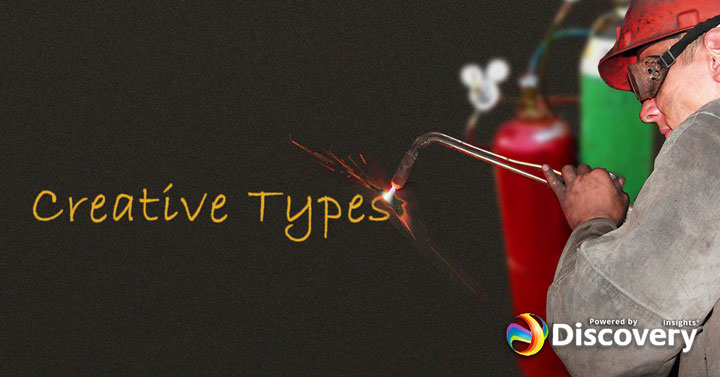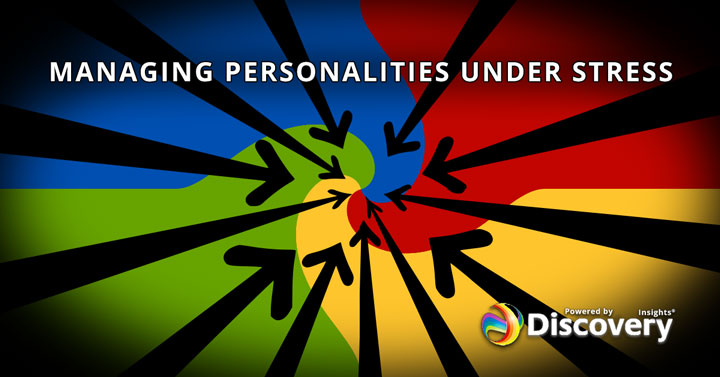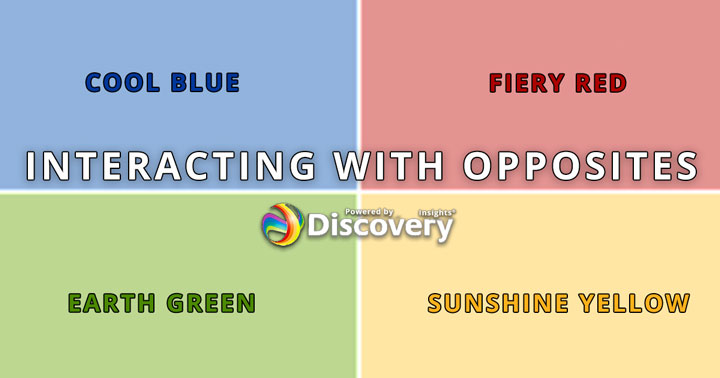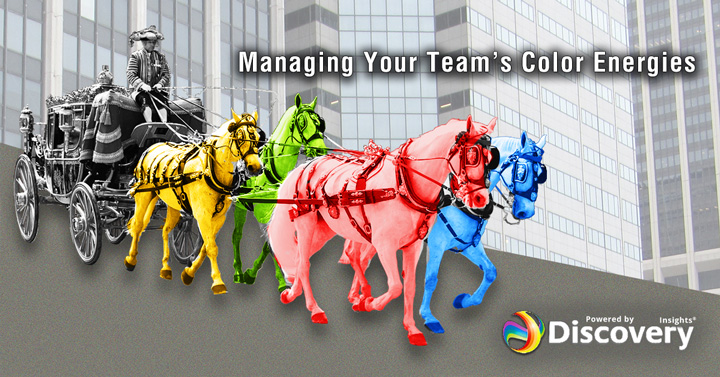4 Ways to be a Better Communicator on Zoom

Not even a global pandemic can stop us from communicating. While video calls aren’t optimal, there are things we can do to reduce “Zoom fatigue” and feel more connected to the people on our call. Learn these 4 ways to be a better communicator on zoom and ensure success.
1. Hide your own video.
When we’re effectively communicating with someone in person, there is a level of self-awareness involved in understanding how you’re showing up and how the person would like you to engage with them. This self-awareness is taken to an unhelpful extreme when there’s a video of yourself staring back at you. This would be like staring into a mirror when talking to someone in person. Awkward and distracting, to say the least.
The good news is that on Zoom, you can hide yourself without turning off your camera. Others can see you, but you won’t be staring at yourself—the closest you’ll get to the experience of talking in person. If you’re in Gallery mode, all you have to do is right-click your video to display the menu and choose “Hide Self View.”
It might be easy to say, “Well I just don’t/won’t look at myself,” but it is nearly impossible to not pay attention to your every blink, wiggle, and stray hair. To really be present, you’re better off hiding your video and giving your full attention to others.
2. Optimize your onscreen appearance as well as others’.
Optimizing your appearance is about more than just looking good, it’s about the ability to read subtle facial cues, which are hugely important to effective communication and essential for being a better communicator on zoom. Human beings are extremely sensitive to one another’s facial expressions, and expressions of emotion are a detailed display of muscle contractions, particularly around the eyes and mouth, often subconsciously perceived, and essential to our understanding of one another.
It’s important to give everyone their best chance at picking up these clues that underpin any dialogue by placing yourself in a well-lit space, placing your laptop or digital device on a firm surface, and allowing your face to take up no more or less of one-third of the screen. These conditions most closely mimic an in-person interaction where you can see clearly the nuanced projection of thought and emotion.
If you’re having trouble seeing someone’s face, if their camera is shaking and swaying, or if their face is too far or too close to the camera, let them know. Facilitate a conversation that will allow you to communicate more easily and effectively on this two way street.
3. Make sure you have a strong internet connection.
While this tip seems to go without saying, having a poor internet connection on a video call does more than alter the quality of transmission, it alters the emotional value of the interaction. We cannot be our most effective communicator when there’s an underlying feeling of frustration or disconnect.
Psychologists, neuroscientists, and computer scientists say that distortions and delays in video communication can make you feel anxious and isolated. The brain is in a state of dissonance trying to make sense of the fragmented information it’s receiving. This cerebral confusion translates to emotional discomfort. You may not even be aware that the symptoms of a weaker internet connection are causing stress and fatigue.
Communicating through a screen is hard enough without the extra burden of audio or video going in and out, lagging, or being distorted in any way. Again, the most effective communication happens when we can clearly see and hear the person with whom we’re engaging so that we can better lean into their style. Tip: If your wi-fi isn’t very strong, try hard-wiring into your modem or router.
4. Lean into the others’ style.
This is without a doubt the most important tip for being a better communicator on Zoom or in person.
The best communication happens when we lean into the style of the person to whom we’re talking. The good news about this is we do it naturally. Without realizing it, all of us engage in mimicry when we encounter another person. By mimicking, we are essentially saying “I behave like you do, I fit in here, and we trust each other.” We can mimic someone’s facial expressions on zoom and body language on zoom (even their posture on zoom), but we can also mimic their verbal style of communication.
For instance, some people may get on a work call and immediately dive into an agenda with ferocity and focus. Others may get on and wish to talk about how everyone is doing first and what they’ve been up to before getting into the work. Some people may get on a Zoom happy hour and speak quickly and excitedly, while others may quietly listen and absorb.
Pay attention to the tone, pace, and message of the people on your calls, and lean into it. This is where the Insights Discovery model comes into play. To learn about Insights Discovery, click here. For now, here’s a quick cheat sheet:
If they smile a lot… smile more.
If they’re more serious… smile less.
If they speak quickly… speed up.
If they speak slowly… slow down.
Don’t treat people the way you want to be treated. Treat them the way they want to be treated. You don’t have to fully mimic their behavior and style, but you must be aware of it and lean into it, even just five percent, to build stronger rapport and communicate more effectively.
The days of zoom are far from over. It’s in our best interest to learn how to better communicate on zoom with others, through a screen. In the end, you may find a lot of what you’ve learned applies to more than just Zoom meetings.
Do you have any great communication tips to share? Let me know at scott@discoveryourself.com











